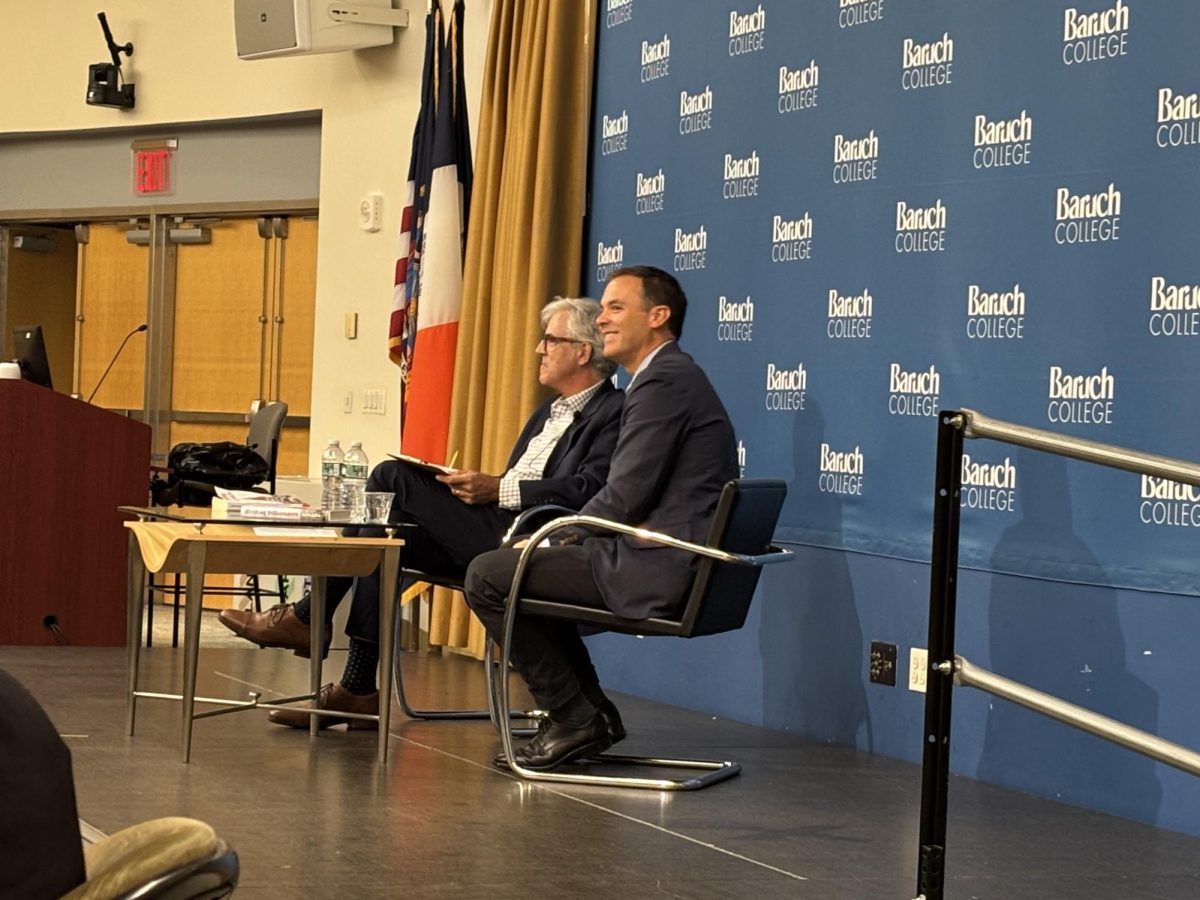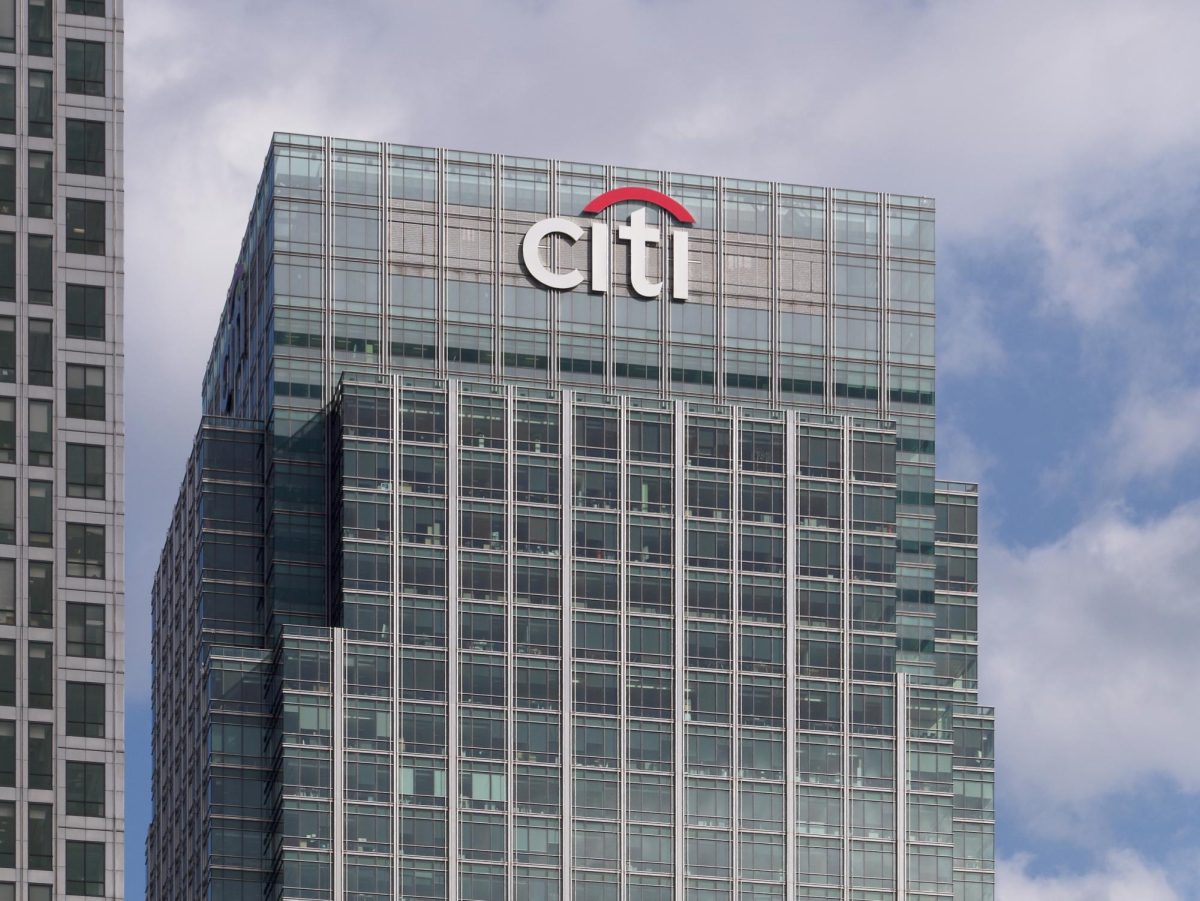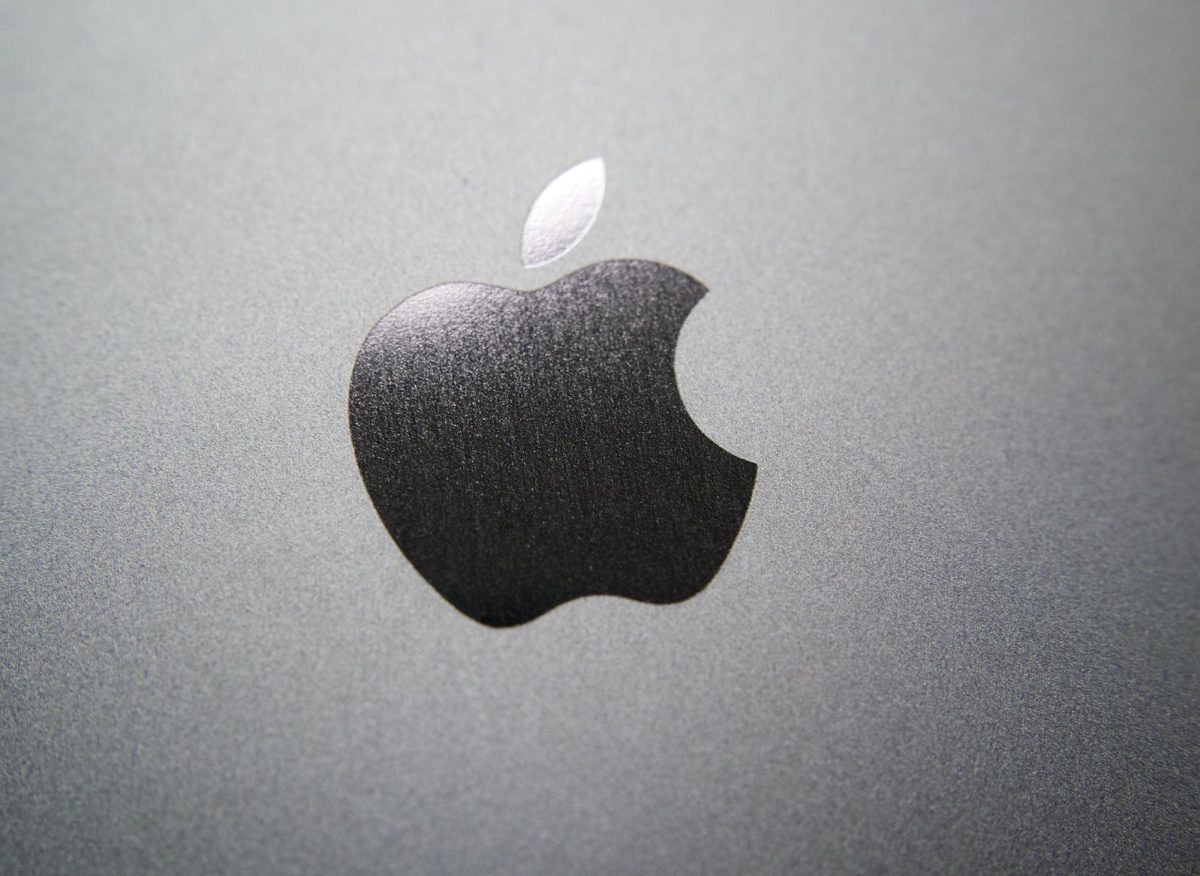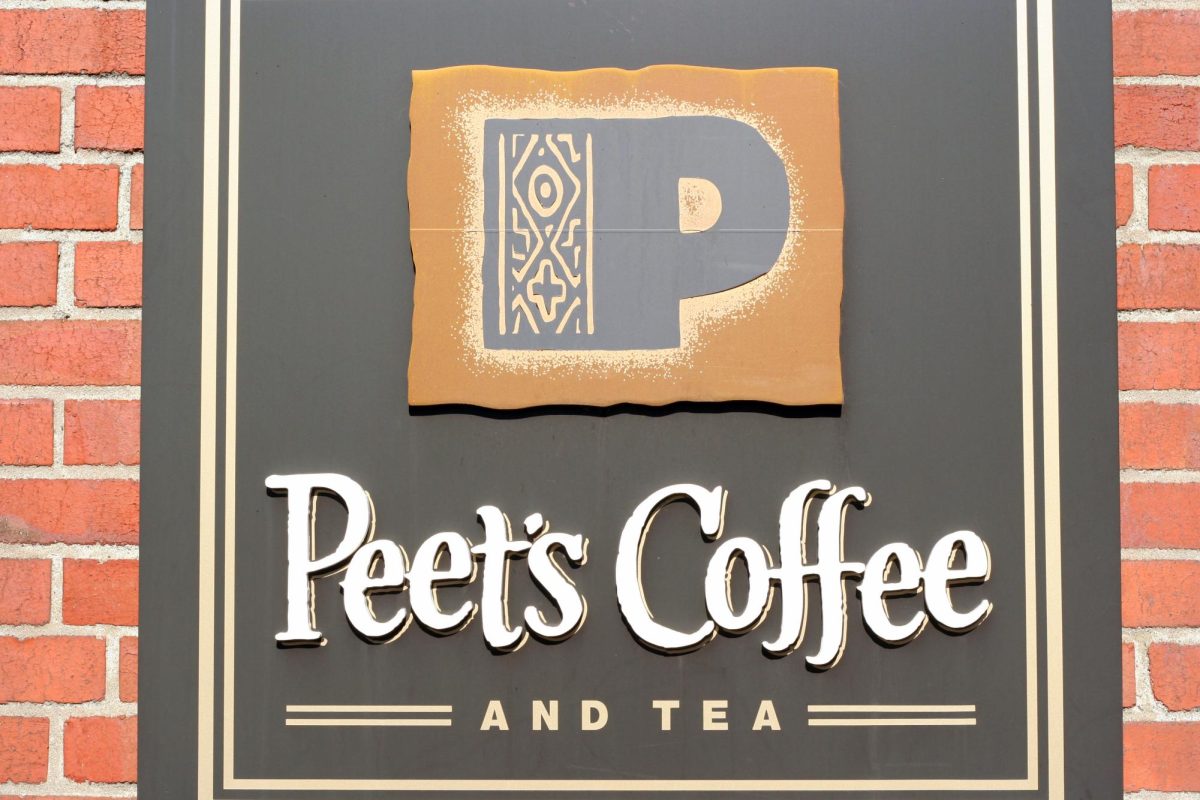Swedish fintech company Klarna Group plc had its first trading day on the New York Stock Exchange under the ticker “KLAR” on Sept. 10.
The stock opened at $52, which was 30% higher than the offering price.
Klarna, known for its buy-now, pay-later services, offers credit and debit cards, as well as payment processing services for businesses, with an extensive list of partners, including Macy’s, Airbnb and Google.
The service gained traction among younger, “debt-averse consumers” during the COVID-19 pandemic for “fixed payment schedules and simplified checkout processes,” according to consumer surveys conducted by the Wall Street Journal.
The company raised $1.38 billion in its U.S. initial public offering.
Venture capital firm Sequoia Capital, an existing investor in Klarna, sold 34.3 million shares at $40 per share. Retail clothing franchise, Bestseller, raised $1.17 billion of the total $1.38 billion.
Bestseller CEO Anders Holch Povlsen sold $300 million in IPO shares, according to The New York Times.
By comparison, Klarna itself raised $222 million from the IPO.
Sequoia owns 20.1% of Klarna, according to Business Insider. It sold 2 million shares in the IPO for $2.65 billion and currently holds a stake in Klarna worth $3.4 billion after investing $500 million into the company back in 2010.
Klarna CEO and co-founder Sebastian Siemiatkowski did not sell any shares, despite owning 25.6 million shares worth $920 million, which accounts for 7% of the company, according to Fortune.
Klarna co-founder Victor Jacobsson, who left the company in 2012, still owns 31.4%, valued at $1.1 billion, or roughly 9%. Jacobsson plans to sell 2.5% of his shares.
Klarna’s valuation had dropped from $45 billion in 2021 to $15.11 billion just before the IPO.
This decline is linked to a 2022 valuation of $6.7 billion due to higher inflation and interest rates.
This isn’t the first time Klarna has tried to go public. The company had to temporarily halt its IPO plans in April due to market volatility and U.S. tariffs on its partners.
Profitability remains a challenge for the company, with losses increasing from $7 million in the second quarter of 2024 to $52 million in the same period of 2025.
Klarna reported a 19% revenue increase year-over-year, despite its $225 million operating loss and $100 million net loss, according to The Motley Fool.
Klarna and other BNPL companies face systematic challenges and regulatory warnings.
A survey found that 41% of consumers who use BNPL paid late at least once in the past year, up 34% from the year prior.
“It’s convenient for people that don’t have a credit card or don’t want to pay the high interest fees associated with the credit card, but it also leads to a lot of impulse buying and potentially other risks,” Investopedia Editor-in-Chief Caleb Silver said.
Klarna currently boasts over 111 million users in 26 countries, according to Morningstar.









